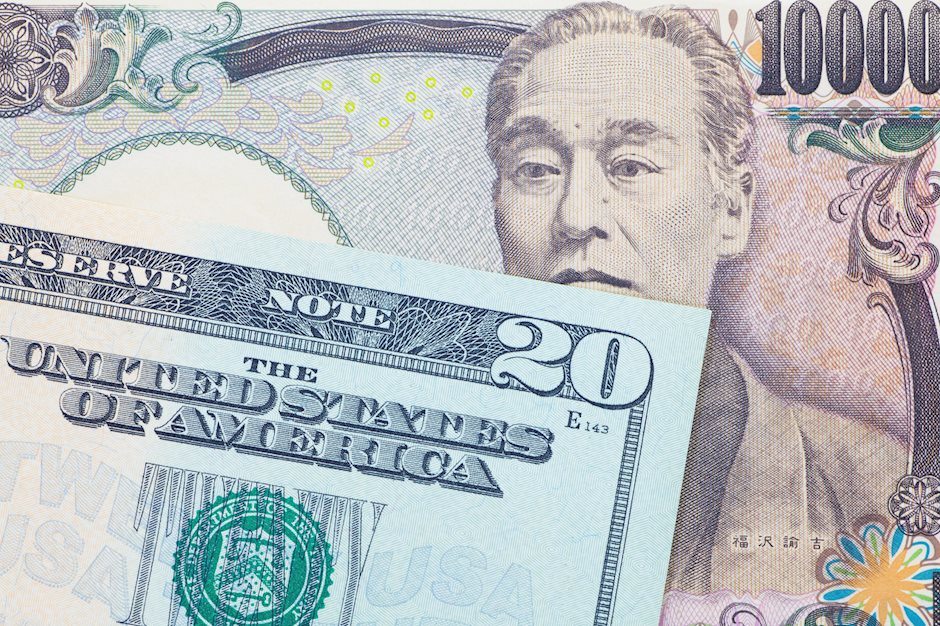USD/JPY Price Analysis: Surges over 0.70% and reclaims 157.00
- USD/JPY rises to 157.39, up 0.70% after rebounding from 155.37 low.
- Bearish trend holds with RSI under 50, hinting at possible downtrend return.
- Key supports: 156.06, 155.37, 155.00; resistances: 157.50, July 16 high of 158.85.

The US Dollar stages a comeback against the Japanese Yen and pushes the USD/JPY pair higher on Thursday, posting gains of more than 0.70% and reclaiming the 157.00 figure at the time of writing. The major bounce off daily lows of 155.37, though a risk-on impulse lifted the exchange rate to the current spot price at 157.39.
USD/JPY Price Analysis: Technical outlook
The USD/JPY trims some of its Wednesday losses, bouncing from underneath the Ichimoku Cloud (Kumo) level of 155.37 and rising near the July 15 daily low of 157.14.
Momentum remains bearishly biased, with the Relative Strength Index (RSI) standing below the 50-neutral line. That said, the USD/JPY might resume its downtrend in the near term.
Therefore, the USD/JPY first support would be the July 17 low of 156.06. Once cleared, the next stop would be the bottom of the Kumo at 155.37 before slumping toward 155.00. A further downside is seen below that level, exposing the May 16 swing low of 153.61. A breach of the latter will expose the May 2 pivot low at 151.87, ahead of testing the 151.00 mark.
On the other hand, if buyers stepped in and pushed the USD/JPY above 157.50, look for a re-test of the July 16 peak at 158.85.
USD/JPY Price Action – Daily Chart
Japanese Yen FAQs
The Japanese Yen (JPY) is one of the world’s most traded currencies. Its value is broadly determined by the performance of the Japanese economy, but more specifically by the Bank of Japan’s policy, the differential between Japanese and US bond yields, or risk sentiment among traders, among other factors.
One of the Bank of Japan’s mandates is currency control, so its moves are key for the Yen. The BoJ has directly intervened in currency markets sometimes, generally to lower the value of the Yen, although it refrains from doing it often due to political concerns of its main trading partners. The current BoJ ultra-loose monetary policy, based on massive stimulus to the economy, has caused the Yen to depreciate against its main currency peers. This process has exacerbated more recently due to an increasing policy divergence between the Bank of Japan and other main central banks, which have opted to increase interest rates sharply to fight decades-high levels of inflation.
The BoJ’s stance of sticking to ultra-loose monetary policy has led to a widening policy divergence with other central banks, particularly with the US Federal Reserve. This supports a widening of the differential between the 10-year US and Japanese bonds, which favors the US Dollar against the Japanese Yen.
The Japanese Yen is often seen as a safe-haven investment. This means that in times of market stress, investors are more likely to put their money in the Japanese currency due to its supposed reliability and stability. Turbulent times are likely to strengthen the Yen’s value against other currencies seen as more risky to invest in.
Author

Christian Borjon Valencia
FXStreet
Christian Borjon began his career as a retail trader in 2010, mainly focused on technical analysis and strategies around it. He started as a swing trader, as he used to work in another industry unrelated to the financial markets.


















